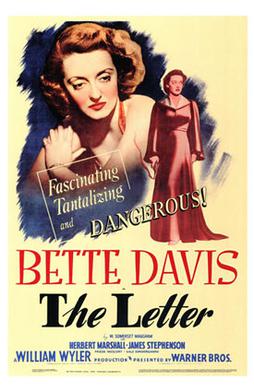A blog formerly known as Bookishness / By Charles Matthews
"Dazzled by so many and such marvelous inventions, the people of Macondo ... became indignant over the living images that the prosperous merchant Bruno Crespi projected in the theater with the lion-head ticket windows, for a character who had died and was buried in one film and for whose misfortune tears had been shed would reappear alive and transformed into an Arab in the next one. The audience, who had paid two cents apiece to share the difficulties of the actors, would not tolerate that outlandish fraud and they broke up the seats. The mayor, at the urging of Bruno Crespi, explained in a proclamation that the cinema was a machine of illusions that did not merit the emotional outbursts of the audience. With that discouraging explanation many ... decided not to return to the movies, considering that they already had too many troubles of their own to weep over the acted-out misfortunes of imaginary beings."--Gabriel García Márquez, One Hundred Years of Solitude
Wednesday, January 6, 2016
The Letter (William Wyler, 1940)
As Tony Gaudio's camera travels across the Malayan rubber plantation we hear shots being fired, and as we track closer we see Leslie Crosbie (Bette Davis), coming down her front steps with a grimly determined look on her face, firing the remaining bullets from her revolver into a man on the ground. And we sit back and relax and think, "Oh, yeah, Bette's here. This is gonna be good." Davis is one of the few stars who can almost always make us feel this way -- maybe Cary Grant or Barbara Stanwyck for me -- who else for you? And it is good, perhaps the best of the three films Davis made with William Wyler. For me, Jezebel (1938) is too steeped in the Hollywood Old South myth, and The Little Foxes (1941) too hamstrung by Lillian Hellman's dramaturgy. This one has a very fine screenplay by Howard Koch that deftly steps on and around the restrictions placed on it by the Production Code. For one thing, Leslie has to be punished for her crime, which involves not only murder but also, with the help of her lawyer, Howard Joyce (James Stephenson), suborning justice. (Joyce somehow gets off scot-free, though with an embittered conscience.) Wyler got a bad rap from the auteur critics like Andrew Sarris, who found his technical skills insufficiently personal. But we see something of Wyler's daring early in the film as Leslie is recounting her version of why she shot Geoffrey Hammond to her lawyer, her husband (Herbert Marshall), and a government official (Bruce Lester) who has been called to the scene. Wyler chooses to shoot a long segment of Leslie's story with the backs of Leslie and the three men to the camera: We don't see their faces, but only the room where the initial shooting took place. The effect, relying heavily on Davis's voice acting and Koch's script, is to place Leslie's narrative -- which as others comment rarely varies by a word -- in our minds instead of the truth. It is, for Davis, a splendidly icy and controlled performance. The major fault in the film today is in the condescension toward Asian characters typical of Hollywood in the era, though it's not as bad perhaps in 1940 as it would be after Pearl Harbor a year later. We learn that Hammond had a Eurasian wife (the Code-enforced substitute for the Chinese mistress of W. Somerset Maugham's 1927 play), and in 1940s Hollywood "Eurasian" invariable meant "sinister," especially when she's played by Gale Sondergaard. The other Asians in the film are treated as subordinates, including Joyce's Chinese law clerk, Ong Chi Seng (Victor Sen Yung), who is all smiles and passive aggressiveness. That we are expected to share in this colonialist order of things is especially apparent when Leslie is forced to deliver the payment for the incriminating letter to Mrs. Hammond, who lords it over Leslie, making her remove her shawl to bare her head and to place the money in her hands; then Mrs. Hammond drops the letter on the floor, making Leslie pick it up. If today we cheer at Mrs. Hammond's abasement of Leslie, who after all killed her husband, you can bet that 1940s audiences didn't.
Links:
Bette Davis,
Bruce Lester,
Gale Sondergaard,
Herbert Marshall,
Howard Koch,
James Stephenson,
The Letter (1940),
Tony Gaudio,
Victor Sen Yung,
William Wyler
Subscribe to:
Posts (Atom)
